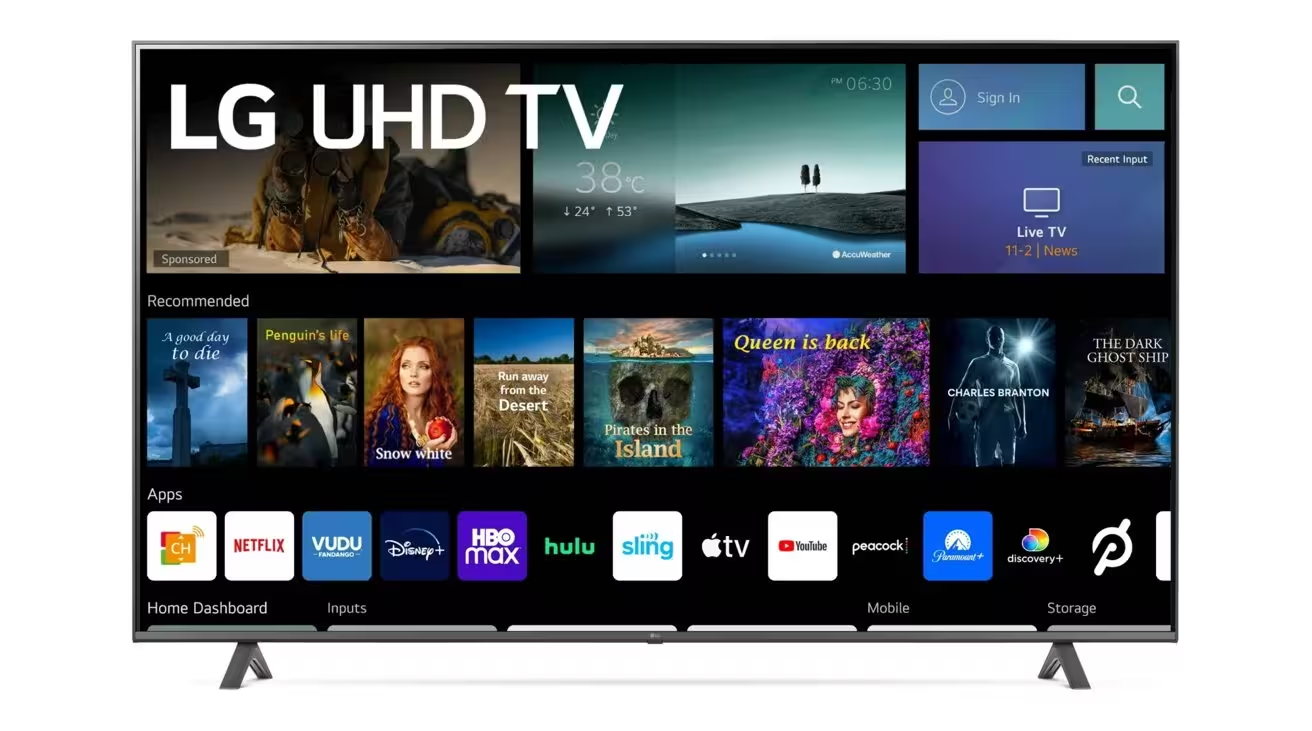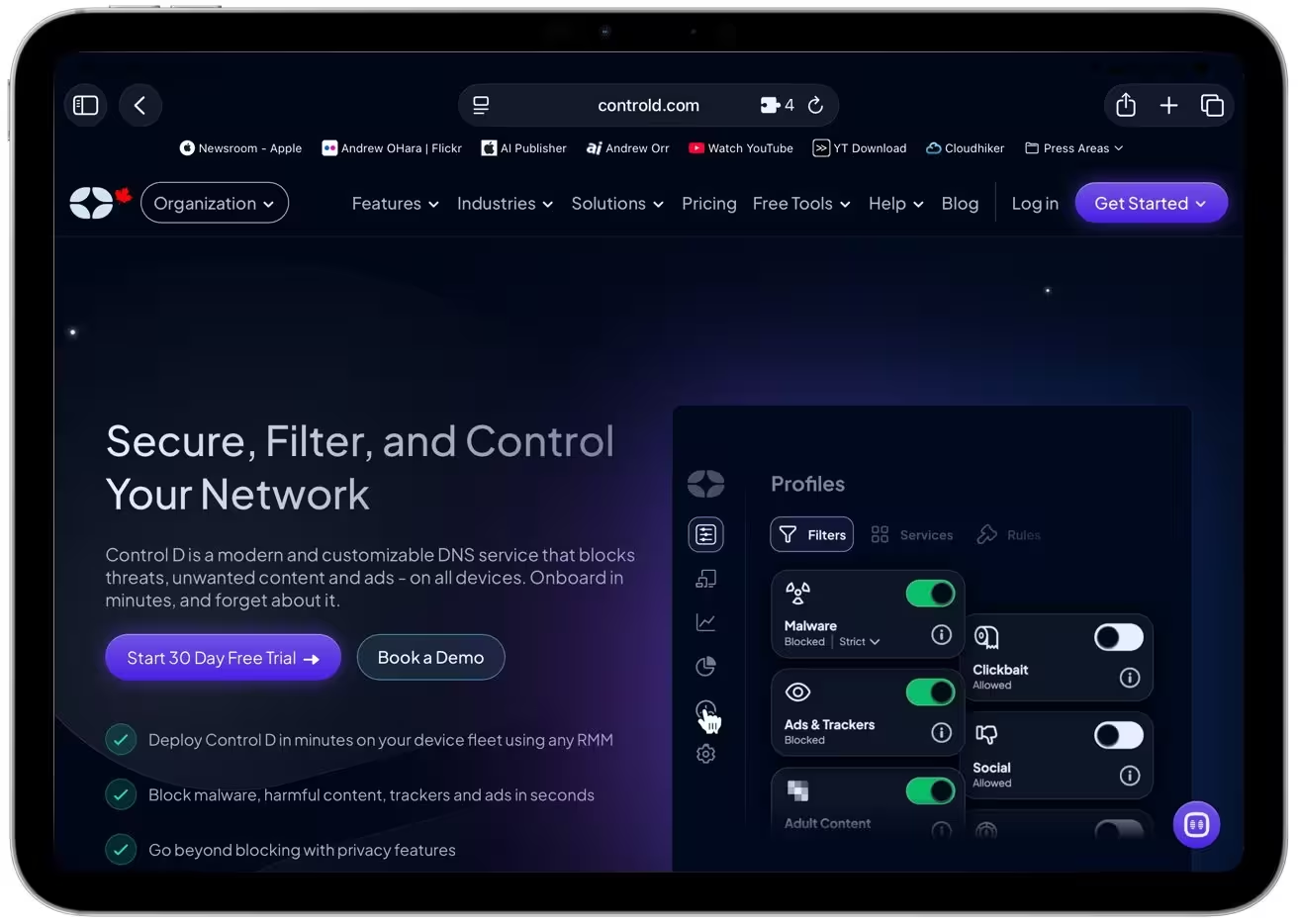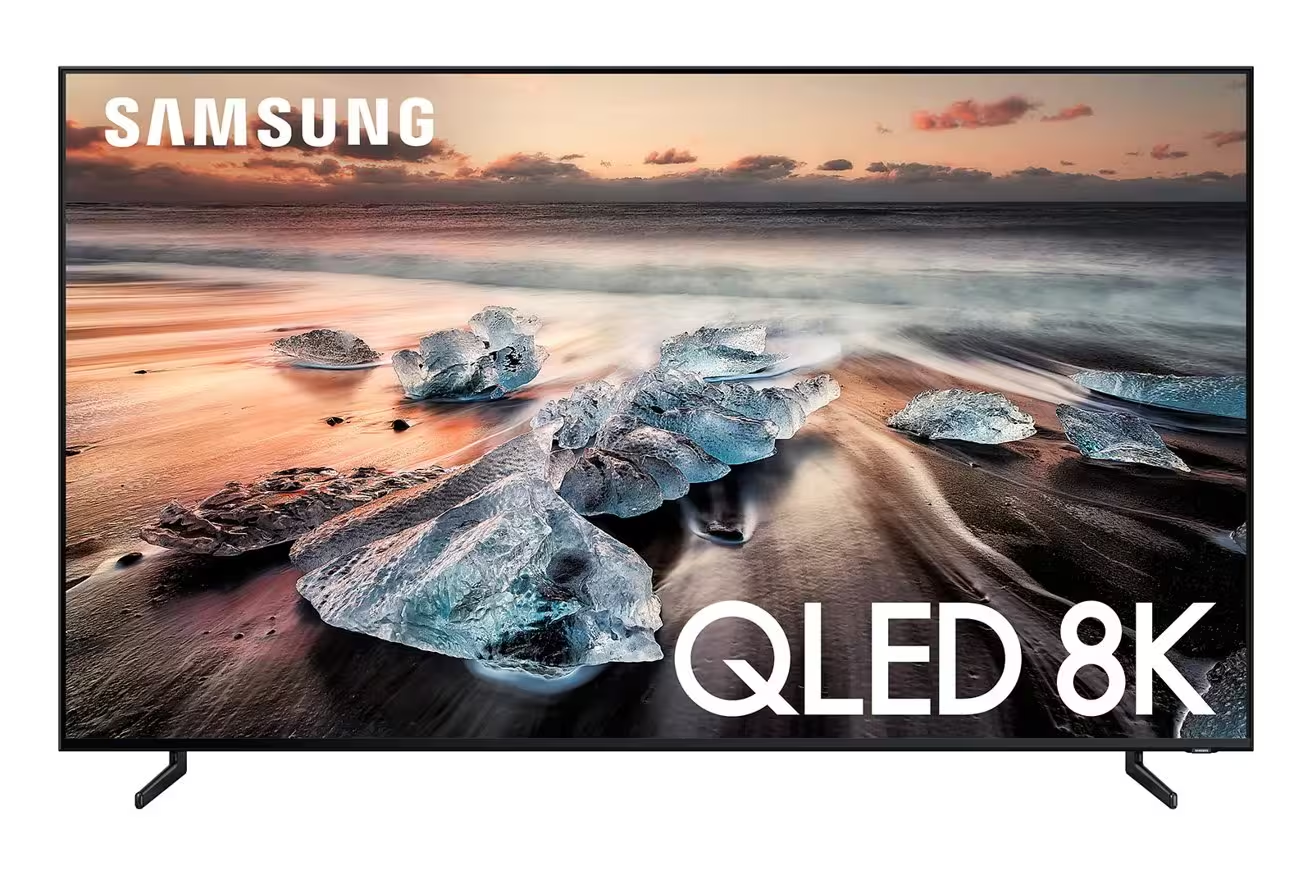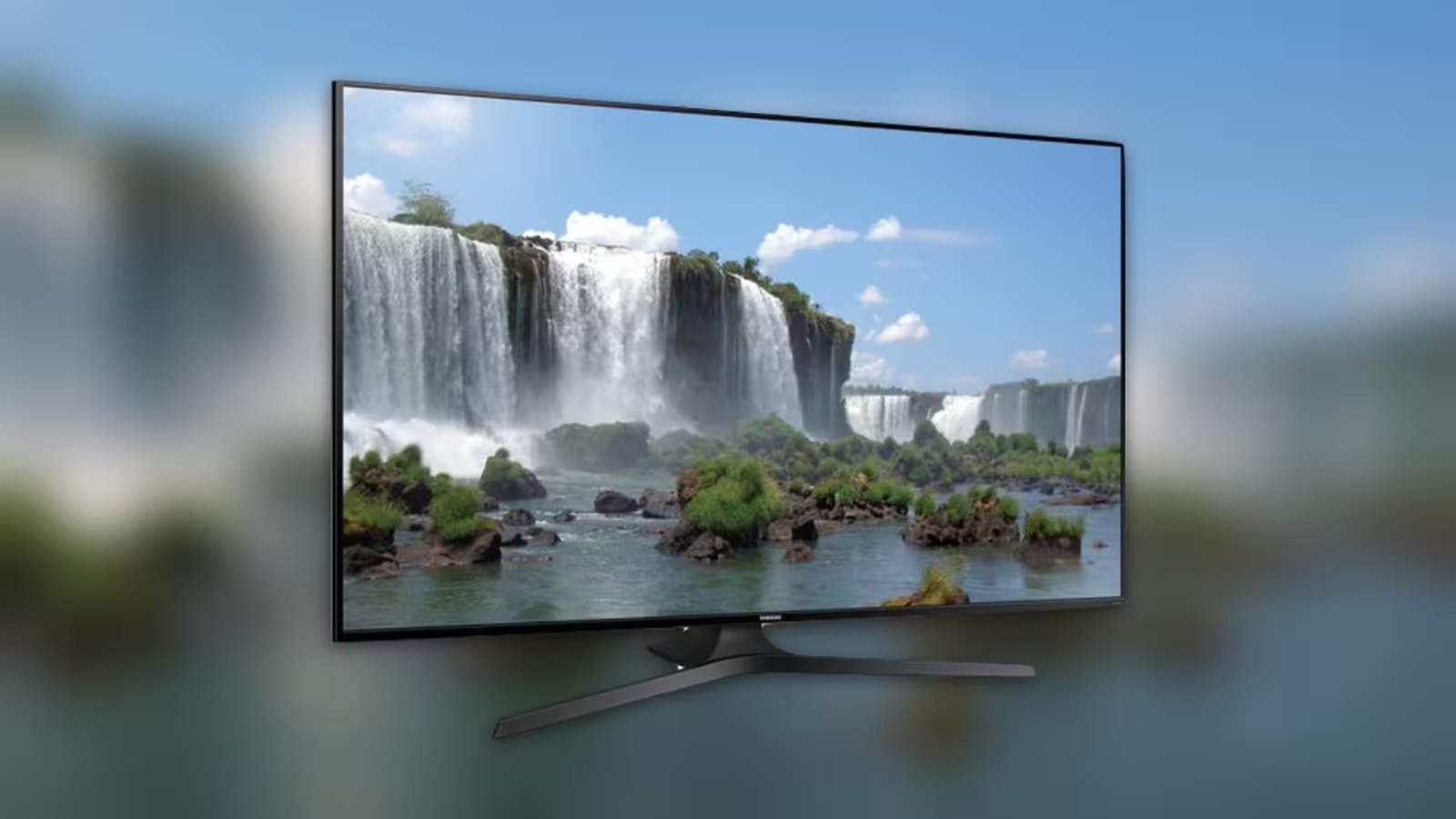13 Minutes
Introduction: Why Smart TV Privacy Matters in 2024
Modern smart TVs from giants like LG and Samsung have become go-to choices for people seeking large, high-resolution displays for a fraction of the price of dedicated monitors. With brilliant OLED screens, advanced features, and app-stacked Smart TV platforms, they easily double as monitors for Macs and PCs. But there’s a hidden cost for this convenience: aggressive data collection and tracking.
These televisions aren’t just passively displaying your content; they’re also actively monitoring what you do. Whether you’re binge-watching the latest shows or opening sensitive work documents from your laptop, your LG or Samsung TV could be capturing glimpses of your screen and sending them to company servers for advertising and profiling. For privacy-conscious users, this is a major concern—especially given how deeply embedded these data practices are in smart TV operating systems and services.
How LG and Samsung Smart TVs Track Their Users
Automatic Content Recognition (ACR): The Core Tracking Feature
Both LG and Samsung smart TVs ship with a technology called Automatic Content Recognition (ACR). This software runs constantly, periodically analyzing either the visuals or audio of what’s on your TV—even when you’re connected by HDMI, using the set as a PC display. ACR works by capturing small screenshots or audio snippets, then referring them to massive content databases in the cloud to identify exactly what you’re watching or doing.
It’s worth noting the frequency: A 2024 study published by University College London revealed that LG TVs can capture screen images up to every 10 milliseconds; Samsung TVs do so about every 500 milliseconds, regardless of input source.

Beyond ACR: Tracking Apps, Menus, and Voice Commands
The privacy risks extend further. These smart TVs also log:
- Which apps you open and use
- How long you spend on each streaming service
- What buttons you press in the menu
- Every search or recommendation you make
When microphones and voice assistants are enabled, your TV may continuously listen for wake words or even transmit samples of your speech to the cloud for analysis—heightening privacy risks.
Where Does Your Data Go?
LG partners with ad tech company Alphonso, using domains like "alphonso.tv" to handle ACR data and build detailed viewer profiles for targeted advertising. Samsung, on the other hand, mostly manages data tracking in-house, using its ecosystem of proprietary domains.
In both cases, the data collected includes:
- Screen content and program recognition
- Viewing and usage habits
- Voice command samples
This information fuels a lucrative data and targeted advertising business—and, according to each manufacturer’s privacy policies, can be shared or sold to third parties.
Product Features: Smart TVs as Both Entertainment Hubs and Data Collectors
The Smart TV Experience
LG and Samsung smart TVs deliver a range of advanced features: vivid 4K/8K displays, multi-platform streaming app support, cloud gaming, voice assistant integrations, and seamless connections with other smart home devices. These offerings have made them fixtures in homes and, increasingly, offices worldwide. Compared to high-end PC monitors, smart TVs typically offer larger screen sizes and better value for money.

The Downsides: Built-In Tracking and Personalized Advertising
Yet, the same connectivity that enables a personalized viewing experience is also what gives manufacturers and third parties a window into your habits. The monetization of viewer data through targeted ads and behavioral profiling is a key part of the business model for today’s smart TV giants. Advertisements, app recommendations, and promotional banners on the home screen derive directly from the behavioral insights gleaned by ACR and other tracking processes.
How to Disable Data Collection on LG Smart TVs
Disabling ACR (Live Plus) and Ad Tracking on webOS
- Press the Home button on your LG remote.
- Navigate to the Settings (gear icon), then select All Settings.
- Go to General → System → Additional Settings.
- Find Live Plus and switch it Off.
- Return to General → Home Settings.
- Disable both Home Promotion and Content Recommendation.
- Go back to General → Additional Settings → Advertising.
- Turn On Limit Ad Tracking.
- Go to Support → Privacy & Terms.
- Activate Do Not Sell My Personal Information if present.
Following these steps dramatically reduces the amount of data your LG TV collects and transmits for advertising purposes. Note that this may also impact the personalized recommendations and ad experience on the home screen, returning your TV to a more generic interface.

Remote Privacy Management with LG
Currently, LG lacks a robust online privacy dashboard similar to Samsung’s solution. Changes must be made on-device. LG does provide online forms to request data deletion or opt-out from data sales, though you’ll usually need your TV’s serial number and supporting details.
Pros and Cons of Disabling LG Tracking
- Full access to apps and services is retained
- Loss of personalized recommendations
- Reduced behavioral ad targeting
How to Turn Off Data Collection on Samsung Smart TVs
Disabling Viewing Information Services and Ad Tracking on Tizen OS
- Press the Home button to open the Smart Hub.
- Select Settings → All Settings.
- Go to General & Privacy.
- Choose Terms & Privacy or Privacy Choices, depending on your model.
- Find Viewing Information Services and turn it Off.
- Disable Interest-Based Advertising and, if present, Interest-Based Ads Service.
- Confirm your changes.
For additional privacy, access the Voice Recognition or Voice Assistant settings and disable these features if you do not wish your TV to process voice commands.
Samsung’s Online Privacy Dashboard
Samsung users benefit from a unified Privacy Dashboard linked to their Samsung account. Here you can centrally manage your privacy settings, including ACR and targeted ad preferences, for all connected devices in your Samsung ecosystem.
If you live in a region with robust privacy regulations (such as under the CCPA or GDPR), you may also request that Samsung does not sell or share your personal information through its privacy site. Be aware, however, that such requests may take up to 45 days to process.
Implications of Disabling Samsung Tracking
- Stops personalized home screen recommendations
- No impact on streaming app or HDMI use
- All other smart functions remain available
Network-Level Blocking: An Advanced Path to Privacy
Why Blocking at the Network Layer Matters
Turning off tracking features in your TV’s settings, while effective, does not fully stop the device from reaching out to company servers for updates, telemetry, and analytics. To take privacy further, advanced users can implement network-level blocks that disrupt data flows between their smart TV and known telemetry/ad domains.
DNS Filtering and Pi-hole
DNS filtering is a simple and powerful method. Installing Pi-hole on your home network creates a local DNS server that can intercept and block outgoing data requests from your TV before they leave your network. You simply add known LG and Samsung telemetry domains to your blocklist—any attempts by your smart TV to reach those domains are stopped cold.
Cloud-based services like NextDNS and Control D also offer prebuilt blocklists that specifically target smart TV telemetry and ad systems, often down to brand-specific profiles.
Using Router Firewall Rules
For those with advanced routers, outbound firewall rules can be set. By assigning your TV a static local IP address on the network, you can block it from accessing specific IP ranges associated with ad and analytics servers—or, conversely, only allow traffic to whitelisted domains (like Netflix and YouTube).
Network Segmentation and IoT VLANs
For the privacy elite, separating your TV onto a dedicated IoT VLAN restricts what the device can see and do within your home network. You can prevent it from scanning or interfacing with other devices, and even limit its outbound internet access to just the domains required for streaming.
Monitoring and Fine-Tuning with Proxies
By setting up a network proxy or sinkhole, you can inspect—and log—every DNS query your TV makes. This empowers you to dynamically update your blocklists as manufacturers shuffle their backend infrastructure.
Beware Overblocking: Risks and Recommendations
Blocking too aggressively can interfere with streaming apps, essential TV firmware updates, and even cause clock errors. Streaming apps might fail to authenticate or load metadata if certain backend domains are unreachable. It’s recommended to:
- Start with a minimal blocklist of known ad and analytics domains.
- Test your TV and add exceptions for any domains that break functionality.
- Periodically unblock update servers to check for critical firmware patches.
Key Telemetry and Ad Server Domains to Watch
LG Smart TV Tracking Domains
- lgtvsdp.com – Platform services and ACR
- lgsmartad.com – Advertising
- lgappstv.com – App store analytics and advertising
- lgtvonline.lge.com – Service and feature updates
- alphonso.tv – ACR and ad partner
- ngfts.lge.com – Cloud backend
- lgad.cjpowercast.com – CDN-based ad delivery
Samsung Smart TV Tracking Domains
- samsungcloudsolution.com / .net – Telemetry, updates & cloud services
- samsungacr.com – Screen and program recognition
- internetat.tv – Smart Hub services
- samsungads.com / samsungadhub.com – Advertising and impression tracking
- samsungrm.net – Remote management and analytics
- samsungotn.net – Firmware updates
- samsungqbe.com / samsungosp.com – Content and app platform services
- api.samsungyosemite.com – App store and hub APIs
- syncplusconfig.s3.amazonaws.com – SyncPlus configuration files
- time.samsungcloudsolution.com – Time services
Note that most traffic is encrypted over HTTPS (TCP 443). Domain-based blocking is more effective than port-based controls, as blocking TCP 443 would also break legitimate streaming traffic.
Comparing LG vs. Samsung Data Collection Practices
While LG and Samsung both extensively track user behaviors, there are notable differences in their tracking implementations and privacy options:
- LG outsources key ACR operations to Alphonso, with clear disclosures that user data may be sold unless actively opted out.
- Samsung runs its own complex ACR and advertising system in-house, involving multiple corporate domains and more deeply integrated cross-device data tracking.
- Settings to disable tracking are buried under different names and menus (Live Plus for LG, Viewing Information Services for Samsung), and full opt-out typically requires multiple menu actions.
- Samsung's Privacy Dashboard offers more centralized control, while LG requires on-device adjustments or manual online opt-out forms.
- Both brands engage in targeted advertising, but Samsung’s ecosystem is broader, often inserting banners within menus or even overlaid on live content in some regions.

Market Impact and Industry Implications
Smart TVs have rapidly grown from basic entertainment devices into networked hubs that double as information-gathering tools. The reality is that the default business model for most leading brands now relies not only on hardware sales but on streams of ad and telemetry revenue. Privacy has become a marketing differentiator, spurring consumer awareness and shaping how TVs are configured in sensitive environments like home offices.
Regulatory scrutiny is only increasing, especially in markets covered by the EU’s GDPR or California’s CCPA. We are likely to see further improvements in privacy dashboards, more prominent opt-out mechanisms, and potentially more privacy-focused "dumb" display options for professional users in the future.
Best Practices: Balancing TV Functionality with Digital Privacy
Tips for Maximum Privacy Without Breaking Features
- Disable ACR and targeted advertising in your TV’s settings for immediate impact
- Regularly review privacy settings after major firmware updates
- Consider network-level blocks using DNS filtering or firewalls, but whitelist domains that enable firmware updates and content streaming
- Place smart TVs and IoT devices on separate networks if possible
- Disable voice recognition and assistants, unless essential
- Use strong, unique passwords on all accounts linked to your smart TV platform
Accepting Trade-Offs
Turning off tracking inevitably means losing some personalized features. Recommendation rows, tailored ads, and even certain streaming app integrations may revert to defaults or generic suggestions. But for users concerned about personal and professional privacy, these are often worthwhile sacrifices.
Conclusion: Take Control of Your Connected Viewing Experience
Smart TVs from LG and Samsung deliver fantastic entertainment value and are capable PC monitors—but default data collection and tracking features raise legitimate privacy concerns. Thankfully, with a careful combination of in-device settings and advanced network measures, you can reclaim control over your data without sacrificing the best of smart TV performance. By following the steps outlined above, you can ensure that what you do on your screen remains your business—not someone else’s advertising revenue.



Comments